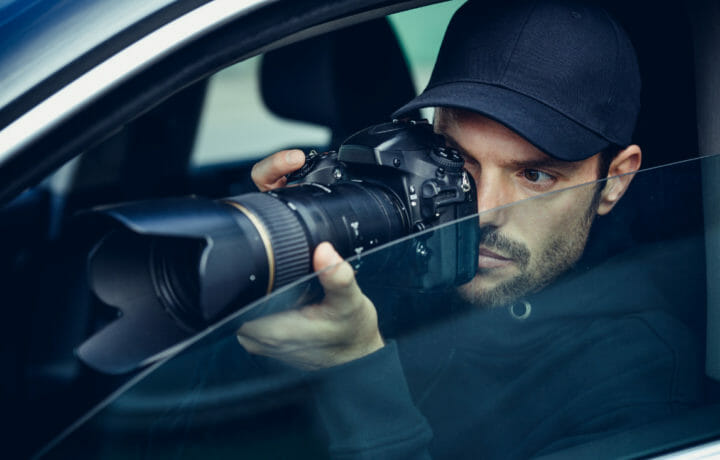Much can be said about how our adversaries try to subvert, confuse, and influence us. They’ve done so over generations of espionage and sabotage practice. In many ways, nothing has changed – even if tactics have evolved.
Then and Now
What differs today is only the technology available to them. We who protect classified programs would do well to understand in general all the means they have at their disposal; the better to contend them with.
It is said that President Kennedy, at the height of the Cuban Missile Crisis, was only dimly aware of what his intelligence overflights of that country could do.
When it was explained that one photo-reconnaissance mission overflight of Cuba provided image intelligence analysts with enough photos to make a trail from the White House to the Capitol and back, he was stunned.
It was then that he asked the director of that classified program’s analysis what she needed most, and she replied, “More people.”
Government mandated espionage
China is said to have created a law that mandates that its business and government officials abroad must serve the interests of the government.
China, to name one country, sees its people going overseas as sources of intelligence. Much has also been said of Russia’s recent claim that senior German Luftwaffe military officers spoke contrary to their national political leadership when their phone calls were surreptitiously monitored.
We see by this revelation that the Russians are capable of collecting secure communications in a major Western European country.
On another front, a middle-echelon Dutch civil servant was arrested for having delivered USBs filled with data on NATO activities to the Russians. How he did so is still under review, although he had several devices with him upon his arrest.
These examples are only a few of the many ways others try to steal our classified information. From electronic, photographic, human, and signals collection, and a host of other means, our adversaries gather what they need, not only to counter our developments but also to know our thought processes.
the human factor
Our enemies want to know how we will react in certain circumstances, and thus plan on ways to anticipate those reactions. If I have a spy placed near your highest decision makers, then I can well decide on what course of action to take.
Often, however, a human spy is not even needed.
A bug in the embassy, an overflight of a conflicted area, or even microwave monitoring can be all that’s needed to find out what we are trying to protect.
This requires that career intelligence and security officers become constantly cognizant of ever-newer methods of collection that will be deployed against us.
straight from the source
Since the collapse of the Soviet Union, numerous books have been written by former KGB officers that outline much of the former Soviet methods of espionage. That source has dried up, but the post-collapse literature is still out there.
Training our personnel on what they will experience can begin by referencing excellent intelligence scholars. Christopher Andrew, Nigel West, Max Hastings, and Calder Walton are among many thorough researchers who have combed the newly released and declassified documents of various nations to present excellent studies in the history of intelligence.
Why would such studies be important? They will reveal, for example, how and why various nations have conducted espionage over the years. Further, they show how certain collection methods are preferred by one nation over another.
the recruiting effort
We also see how certain nations excel at the ‘false flag’ approach. That is, how do they approach someone they want to recruit? Under what circumstances?
We learn for instance that to access one American political leader’s inner circle, an American businessman in Europe was approached using suggestions of wealth to be had by aligning with Russian ‘businessmen’.
Of course, we also can become aware of those who work as spies for ideological reasons. Recently, a State Department official was detained when it was learned that he’d spied for his entire career for Cuban intelligence.
Foreign methods for enlisting others to spy, to plant a bugging device, (Children were once used to present a carved American eagle to the US Ambassador to the Soviet Union. The eagle had a listening device concealed within. It remained behind the Ambassador’s desk for years) and to deliver mysterious packages are endless.
Only imagination limits the adversary in determining how to access our secrets. Never forget: they won’t stop.
Such a variety of threats is what makes a career in counterintelligence intriguing. You never know with what, who, or from where an adversary will come at you, hoping to compromise your classified programs.




